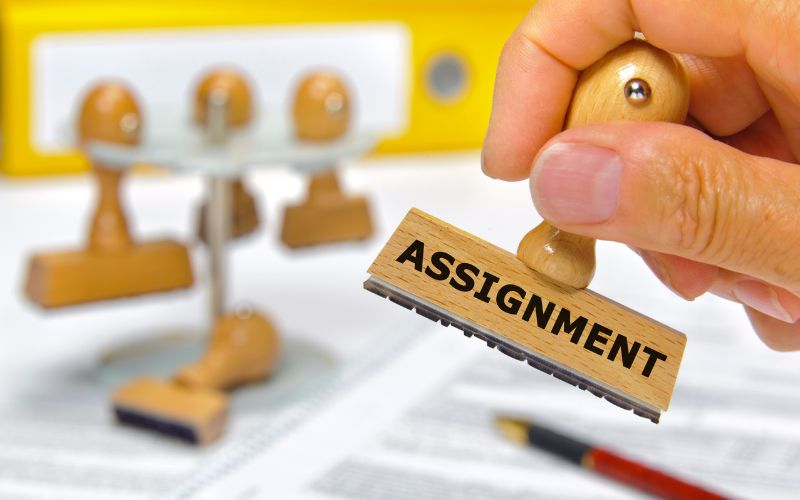Applying Conflict Management Techniques in Group Assignments

Group assignments are a staple of any academic curriculum. They’re a great way to collaborate and learn from one another, but they can also be a source of frustration and stress. Whether it’s disagreements over the direction of the project or conflicts over who’s doing what, group assignments can quickly turn into a recipe for disaster. That’s why it’s essential to have a solid plan for managing conflicts that may arise. In this blog post, we’ll be exploring some of the most effective conflict management techniques that you can apply in group assignments. So, sit back, grab a cup of coffee, and keep reading.
Identifying the source of the conflict
The first step in managing any conflict is to identify the source of the problem. This can be tricky when working in a group, as there may be multiple perspectives and opinions. However, it’s essential to take the time to understand where the conflict is coming from and what’s causing it. This could be a difference in opinions, a lack of communication, or a power struggle. Once you’ve identified the source of the conflict, you can start to come up with a plan to resolve it.
Encourage open communication
Communication is key when it comes to managing conflicts in group assignments. It’s essential to create an open and honest environment where everyone feels comfortable sharing their thoughts and opinions. This could involve holding regular meetings to discuss progress and issues, or having a designated group leader who can facilitate communication. It’s also important to actively listen to what others have to say and to try to understand their perspective.
Use compromise
Compromise is one of the most effective conflict management techniques when it comes to group assignments. It involves finding a middle ground that everyone can agree on. This could involve splitting up tasks in a way that everyone is happy with, or finding a creative solution that meets everyone’s needs. It’s essential to remember that compromise isn’t about giving in to the other person’s demands, but rather about finding a solution that works for everyone.
Establish clear roles and responsibilities
Another effective technique for managing conflicts in group assignments is to establish clear roles and responsibilities. This can help to avoid confusion and ensure that everyone knows what they’re responsible for. It can also help to prevent power struggles and disagreements over who’s doing what. It’s essential to make sure that everyone has a clear understanding of their role and that they’re comfortable with it.
Use conflict resolution tools
There are also a number of conflict resolution tools that you can use to help manage conflicts in group assignments. These can include things like mediation, negotiation, and brainstorming. Mediation involves having a neutral third party help to facilitate communication and find a solution. Negotiation involves sitting down and working through the conflict to find a solution that everyone can agree on. Brainstorming involves coming up with a list of ideas and solutions to a problem.
Conclusion
Group assignments can be a great way to learn and collaborate, but they can also be a source of conflict and stress. By using the techniques outlined in this blog post, you can effectively manage conflicts that may arise.
Whether it’s identifying the source of the conflict, encouraging open communication, using compromise, establishing clear roles and responsibilities, or using conflict resolution tools, there are a number of ways to make group assignments a more positive experience. So, visiting this page, put these techniques into practice and see how they can help to make your group assignments a success.
Read more: Play Based Curriculum for child’s education: Things to know





